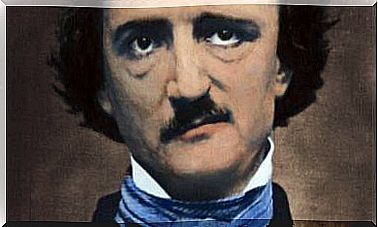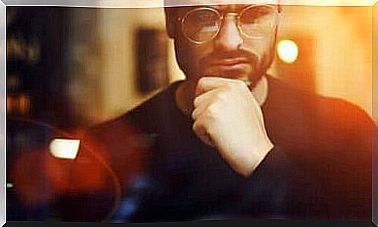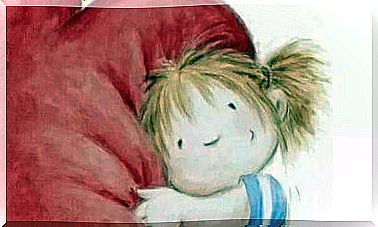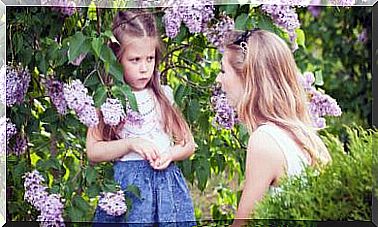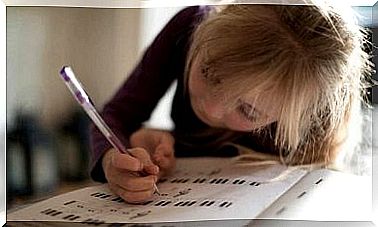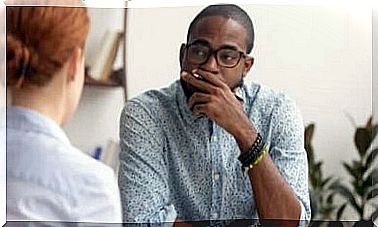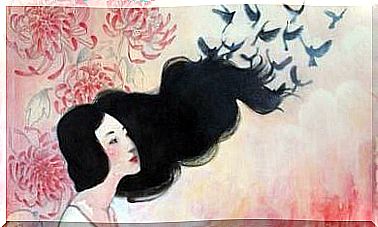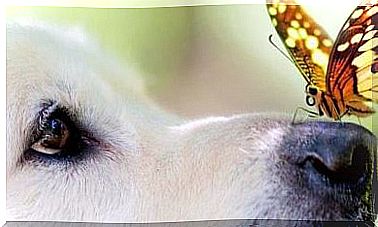Social Learning: Albert Bandura’s Interesting Theory
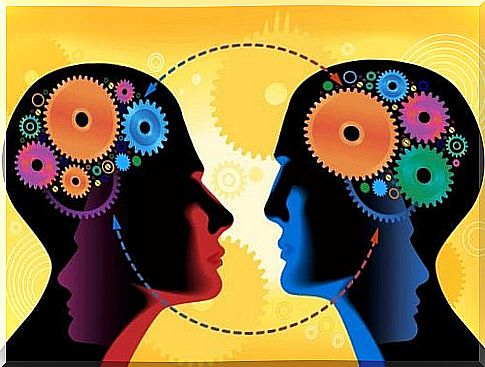
How do we learn about people? Understanding what mechanisms, processes, and complex subtleties set a behavior or skill in motion has always been one of the goals of psychology. Albert Bandura introduced the theory of social learning, a theory of the interaction between the student’s mind and their environment.
Most of us have no idea how children learn things. Some people still see teaching or the acquisition of a certain skill as a result of the classical behavioral approach, something that is based on imitation, conditioning, and positive or negative reinforcement.
However, nothing is as complicated, complex and fascinating as a student’s mind, the child’s brain or the ability of an adult to generate a behavior or acquire specific knowledge. None of us are empty boxes that can just be filled based on pressure and constraints from the outside world. Humans observe, imitate and evolve in a particular social environment. We, in turn, have certain mental states that encourage or hinder learning.
Albert Bandura, a Canadian psychologist and professor at Stanford University, addressed these questions to formulate what we know today as the theory of social learning. It is an approach where behavioral and cognitive theory meet.
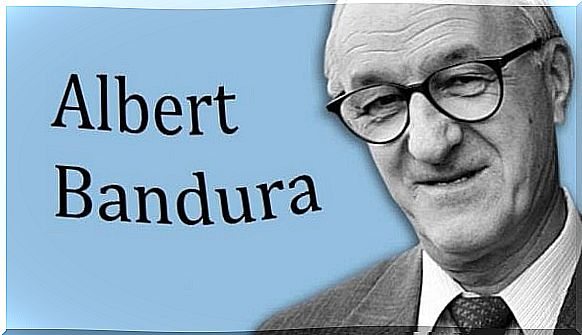
What does the theory of social learning tell us?
Bandura’s theory of social learning is also known as observational learning or modeling. To add a bit of context, it started in the 60s. It was a time when behavioral theory was very important and learning was perceived as a simple exchange of information from expert to apprentice. A sender and a receiver. In other words, the expert was the active one and the apprentice was the passive one.
Albert Bandura, on the other hand, looked beyond the behavioral reduction to the social. Lev Vygotsky, with his sociocultural theory, was another important player in this theoretical development. Bandura said children learn certain things quickly without trial and error. In that case, there was an important reason: Observation and social environment.
Bobo dolls
The Bobo-doll experiment is one of the most well-known in psychology. Throughout 1961 and 1963, Bandura and his team sought to demonstrate the importance of observational learning in children, and how imitating a model – an adult – is far more important to children than simply giving or removing reinforcement.
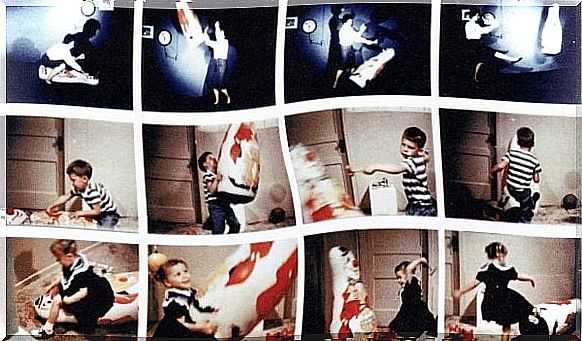
- The trial involved children between the ages of 3 and 6 from Stanford University Kindergarten. The scene was shocking. In a room filled with toys , an adult hit a large doll with a hammer in front of a group of children. In another experimental group, the adult represented a non-aggressive model. In the third group, the aggression was accompanied by insults to the doll.
- The results could not be clearer. Most of the children who were exposed to the aggressive model were more likely to behave physically aggressively than those who were not exposed to the model.
Bandura demonstrated that there are 3 basic forms of observational learning:
- Through a living model, such as a person in reality performing a behavior.
- Through a verbal instruction: Tells details and descriptions of a behavior.
- Symbolic method: Fictional characters in a book or movie. A real person whose behavior is transmitted through the media also counts here.
Processes that mediate social learning
The theory of social learning is often described as a “bridge” between traditional learning theory (eg behaviorism) and the cognitive approach. Bandura, unlike Skinner, always saw the importance of mental (cognitive) factors. In fact, he defined “students” as actors who actively process information and who constantly assess the relationship between behavior and consequences.
Therefore , we should not make the mistake of believing that people imitate everything they see and that absolutely all children will engage in aggressive behavior simply because they see it at home or on television. There are thoughts before imitation. In addition, there are mediators who will encourage the imitation or an alternative response.
Here are some of these mediators:
The environment
Our society is not homogeneous. Rather, it consists of, and produces incredibly varied environments and scenarios. Some are more beneficial and others are more oppressive.
Let’s look at an example. Carlos is 11 years old and this year he has a new violin teacher. At first he was fascinated by the instrument. He wanted a violin so he could learn more. However, his father unconstructively and quickly got the idea out of Carlos’ head again : “This is nonsense!” he yelled. Since then, Carlos has stopped having an interest in the violin.

Attention
In order for a behavior to be imitated, it must capture our attention, interest, and mirror neurons. Every day we observe all sorts of behaviors. But they are not all worthy of our interest.
Motivation
Motivation is the engine, the will to perform a certain behavior that we see in others.
- We should also talk about deputy learning. According to Bandura, just observing what others are doing is not enough. We must also see the rewards or consequences that others experience through their behavior.
- If the perceived gains outweigh the perceived costs (if any), then the observer will mimic the observed behavior. On the other hand, if the deputy reinforcement is not seen as important enough to the observer, then they will not imitate this behavior.
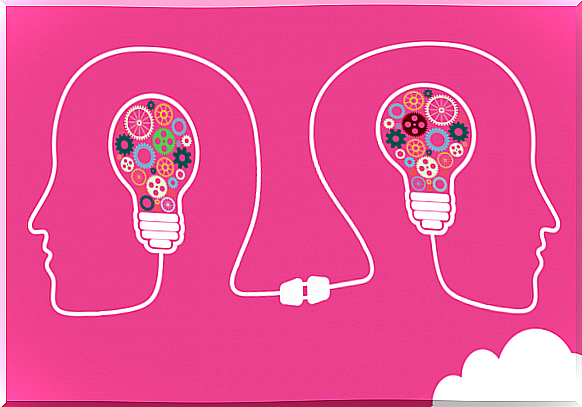
In conclusion, the theory of social learning was one of the most interesting qualitative advances in psychology. In fact, we can still say that Albert Bandura, 92, is one of the most valued and celebrated personalities in the field.
Thanks to him, we better understand how we acquire knowledge and generate certain types of behavior. We see how the external – the social – is related to our internal processes – the cognitive – and how we also serve as a model for other people in our environment – often without realizing it.
